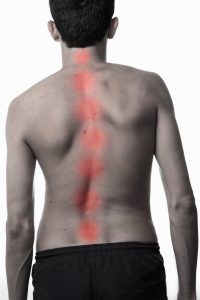Call our friendly podiatrists today on (08) 9586 3046
 Leg length discrepancy may be structural or functional or a combination of both. Structural differences occur when there is a measureable different length between the femur and the tibia of the 2 sides. Functional differences occur with asymmetry of pelvic alignment or asymmetrical rolling in between the 2 feet.
Leg length discrepancy may be structural or functional or a combination of both. Structural differences occur when there is a measureable different length between the femur and the tibia of the 2 sides. Functional differences occur with asymmetry of pelvic alignment or asymmetrical rolling in between the 2 feet.
Structural imbalance will cause jamming of the long leg into the hip socket. The foot will generally roll in more to “shorten” the longer leg and attempt to level the pelvis. If the pelvis does not level as a result of the excessive rolling in, the pelvis may twist or drop to one side. This may lead to pressure on the vertebral discs. This may lead to back ache, pain in the hips, knee, ankle, and foot.
Treatment is normally advised if the leg length difference is significant. The value of what is significant varies in the literature. In my humble opinion, the difference is significant if it causes pain to the patients and this is very subjective among patients. Even a small discrepancy of 5mm may set off a chain reaction of symptoms throughout the body.
In the case of a structural leg length difference, a heel lift alone is not good enough, as the long leg will continue to roll in and cause upper body imbalance and compensations. Correction to the arch of both feet by prescribing an orthotic device is essential. The orthotic device will ensure the correction and realignment of the feet and the addition of a heel lift on the shorter leg will prevent jamming in the hip, and prevent upper body compensations.